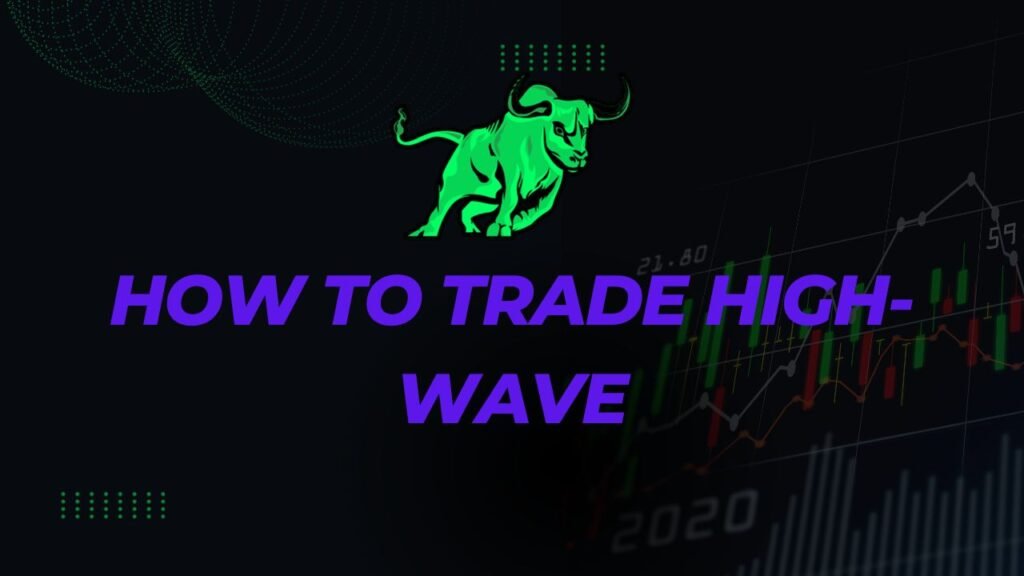
In the dynamic world of trading, understanding unique candlestick patterns is crucial for making informed decisions. The High-Wave pattern, characterized by its long upper and lower shadows, provides valuable insights into market indecision. In this guide, we’ll explore what the High-Wave pattern is and how you can effectively trade it.
What is a High-Wave Pattern?
The High-Wave pattern is a candlestick formation that reflects significant market indecision. It is recognized by a candle with long upper and lower shadows and a relatively small real body.
Identifying the High-Wave Pattern
- Long Upper and Lower Shadows: Look for a candle with both upper and lower shadows that are significantly longer than the real body.
- Small Real Body: The real body of the candle should be relatively small, signifying a lack of clear direction in the market.
Trading Strategies for High-Wave Patterns
1. Wait for Confirmation
Before making any trading decisions based on the High-Wave pattern, it’s crucial to wait for confirmation in subsequent sessions.
2. Combine with Other Indicators
Enhance the effectiveness of the High-Wave pattern by combining it with other technical indicators, such as moving averages or trendlines.
3. Set Clear Stop-Loss Orders
Due to the indecision reflected in the High-Wave pattern, set clear stop-loss orders to manage risk effectively.
Advantages of Trading High-Wave Patterns
- Identifying Market Indecision: The High-Wave pattern provides a clear visual representation of market indecision.
- Versatility: Applicable to various timeframes, offering flexibility to traders.
- Risk Management: The long shadows of the High-Wave pattern allow for effective risk management through well-placed stop-loss orders.
Conclusion
In conclusion, the High-Wave pattern is a valuable tool for traders seeking to identify periods of market indecision. By understanding the pattern and implementing effective trading strategies, you can navigate uncertain market conditions with confidence.
Remember, successful trading involves a combination of technical analysis, risk management, and a deep understanding of market psychology.